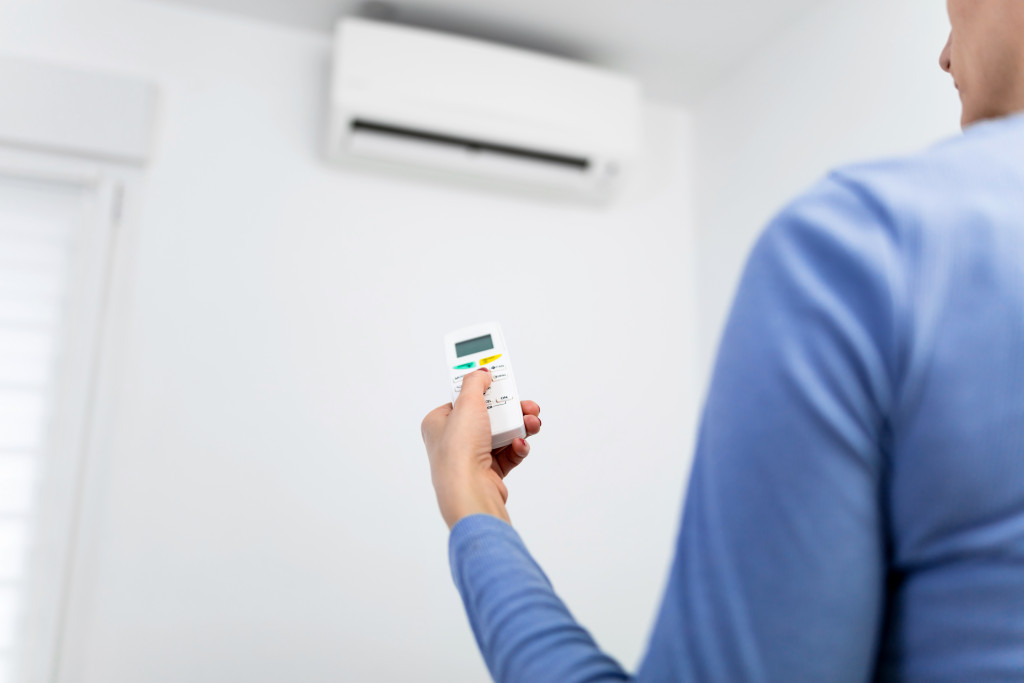The importance of health is something that people should never underestimate. It is the foundation upon which we build our lives, and everything else we achieve gets built on top of it. Maintaining good health is not always easy, but it is worth the effort.
Several things contribute to our overall health. One of the most important is our environment, specifically our home environment. The home often plays a significant role in our health, for better or worse.
One way the home can improve our health is by providing a comfortable place to relax and rejuvenate. It can help us to stay healthy both physically and mentally. A comfortable home can also give us a good night’s sleep, which is essential for good health.
However, the home can also hurt our health. For example, it can be challenging to relax and get a good night’s sleep if it is cluttered or dirty. And if it is not well-maintained, it can be a source of dust and other allergens that can cause respiratory problems.
It is essential to be aware of this and to ensure that our home environment is as healthy as possible.
Home Hazards
Home hazards will always be present no matter how good the house design is. It is just a matter of identifying them and taking the necessary precautions.
The first step in doing this is to conduct a home hazard assessment. It will help you to identify potential risks and take steps to mitigate them.
A few of the most common home hazards include:
- Asbestos: This is a mineral that was once used extensively in construction. It is in insulation, flooring, and other materials. While no longer used as much as it once was, it can still be present in older homes. If asbestos fibers get inhaled, they can cause lung cancer.
- Carbon monoxide: It is a colorless and odorless gas produced by combustion appliances such as furnaces and stoves. If it builds up in an enclosed space, it can be deadly.
- Lead: This metal was once used in paint and plumbing. It can cause brain damage if ingested or inhaled.
- Mold: This fungi that can grow in damp areas. It can cause respiratory problems and other health issues.
- Radon: This is a radioactive gas that is present in the environment. It can enter homes through cracks in the foundation and lead to lung cancer.
There are many other potential hazards, but these are some of the most common. Once you have identified the risks present in your home, you can take steps to mitigate them. Working smoke detectors and practicing fire safety in the house are also essential.
Indoor Air Quality
The quality of the air we breathe inside our homes is also essential for good health. Unfortunately, indoor air can be much more polluted than outdoor air.

Many things can contribute to poor indoor air quality, including:
- chemicals used in cleaning products
- off-gassing from building materials and furnishings
- tobacco smoke
- emissions from combustion appliances
- mold and other allergens
Poor indoor air quality can cause various health problems, including respiratory problems, headaches, and fatigue. It can also worsen allergies and asthma.
To improve indoor air quality, homeowners must identify and eliminate sources of pollution. It may require changing some habits, such as using less toxic cleaning products or opening windows more often. It may also require making changes to the home, such as adding filters or increasing ventilation.
Home Safety
Another critical aspect of maintaining good health is home safety. There are many potential risks in any home, and it is essential to mitigate them.
Some common risks include:
- Falls: This is a leading cause of injury in the home, especially among older adults. To reduce the risk of losing, remove tripping hazards and ensure adequate lighting.
- Fires: Home fires can occur by cooking accidents, electrical problems, candles, etc. To reduce the fire risk, practice fire safety in the home and install smoke detectors.
- Drowning: Drowning is a leading cause of death for children under five. To reduce the risk of drowning, never leave children unattended near water and install fences around pools.
Many other potential risks are present in the home, but these are some of the most common. You might have to get residential architect services to help you make improvements, especially when home safety involves structural changes. Making your home as safe as possible is essential for protecting your and your family’s health. Taking simple precautions can significantly reduce the risk of injury or death in the home.
Conclusion
Maintaining good health requires more than just going to the doctor and eating right. It also requires taking steps to ensure the safety of your home and improve indoor air quality. These steps can protect yourself and your family from many potential health hazards.